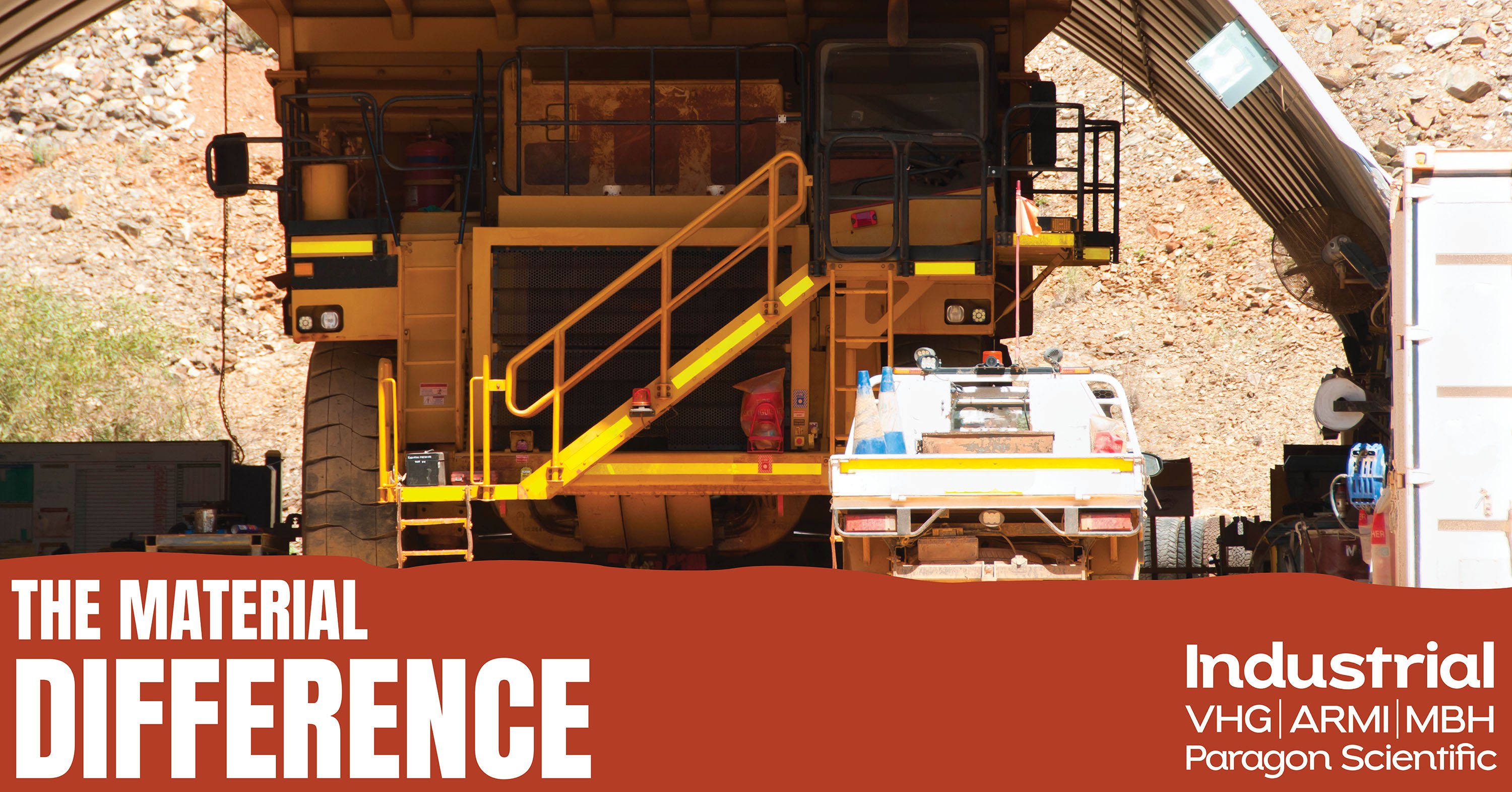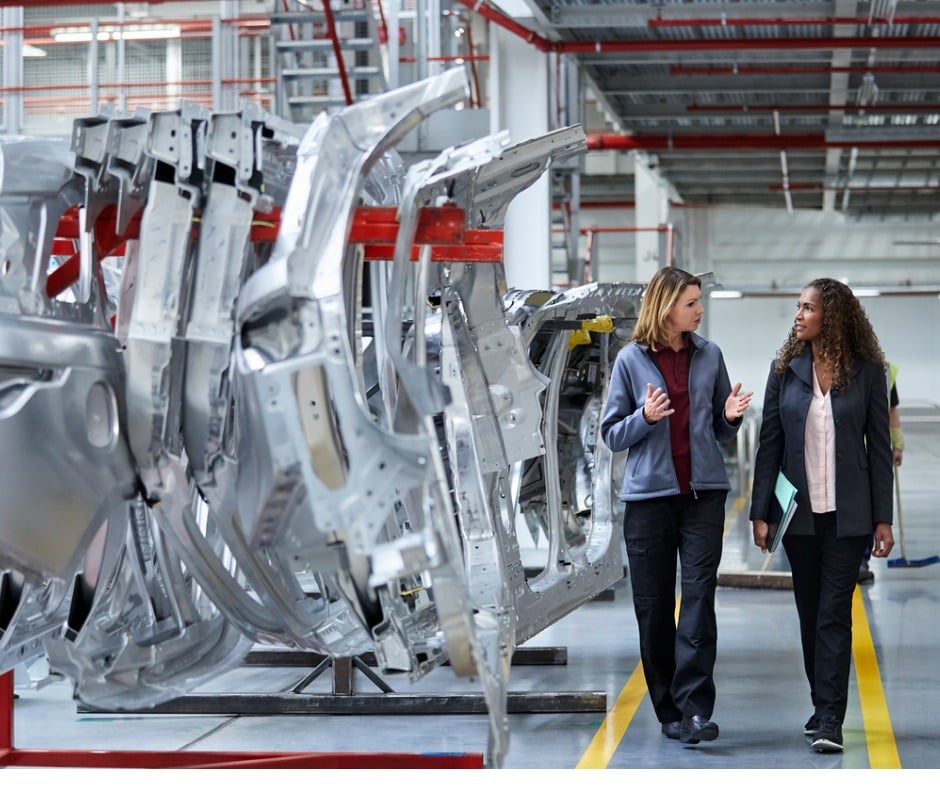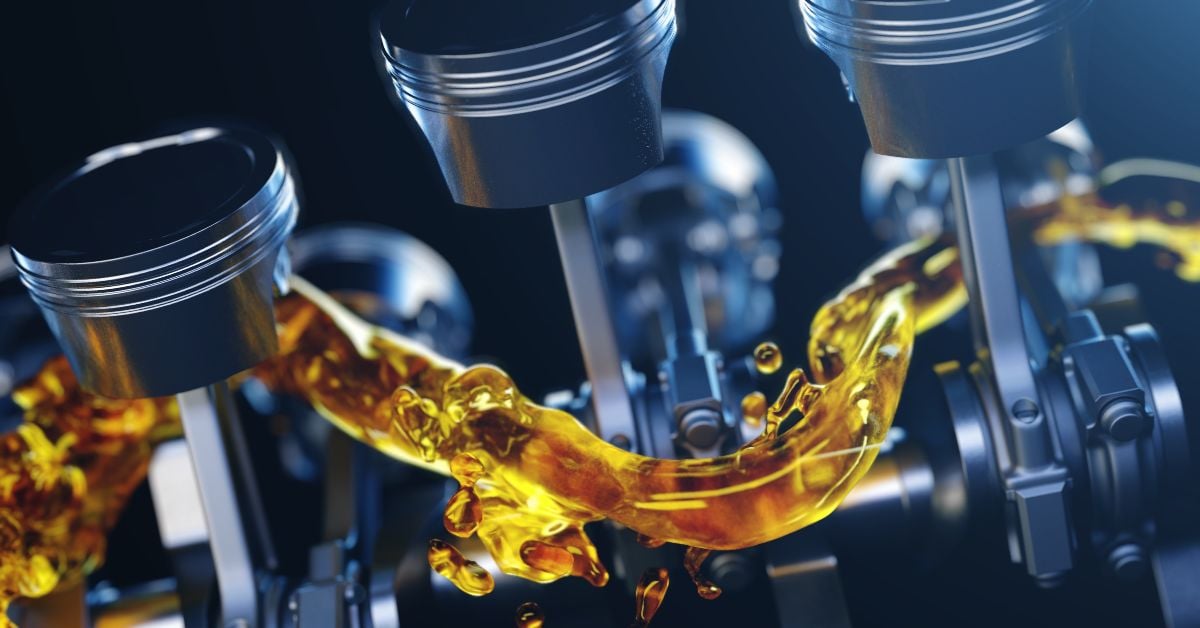Continuing our series on the aluminum industry, this blog will look into how powdered aluminum oxide, also known as alumina or Al2O3, is turned into solid aluminum metal.
Turning Alumina into Aluminum
[fa icon="calendar'] Jun 22, 2022 8:37:50 AM / by Kim Halkiotis posted in Certified Reference Materials, aluminum Alloys, Industrial, Aluminum, bauxite
Custom Geological Reference Materials
[fa icon="calendar'] Jun 20, 2022 9:32:46 AM / by LGC Industrials posted in Certified Reference Materials, Custom Reference Materials, ISO 17043, Geological, Powders
ISO 17034 accredited Geologic Reference Materials
How is Alumina Produced?
[fa icon="calendar'] May 24, 2022 9:41:21 AM / by Kim Halkiotis posted in Certified Reference Materials, aluminum Alloys, Industrial, Aluminum, bauxite
General Purpose Viscosity Standards
[fa icon="calendar'] May 18, 2022 2:06:44 PM / by LGC Industrials posted in Viscosity, Industrial, Physical Reference Materials, ASTM Methods
Bringing Paragon Products to a Global Market
[fa icon="calendar'] Apr 27, 2022 9:15:00 AM / by LGC Industrials posted in Certified Reference Materials, Paragon Scientific
By now you may have heard the exciting news that Paragon Scientific (Paragon) has joined the LGC Standards family, and has joined forces with VHG, ARMI, and MBH to create LGC Industrial.
What does Paragon specialize in? Revered as a trusted partner in European markets, Paragon specializes in the production of premium quality reference materials including Density, Flash Point, Refractive Index, and Viscosity standards. We are excited to bring these products to the global markets.
5 high-quality CRMs to test various Aluminum industrial applications
[fa icon="calendar'] Mar 28, 2022 8:46:47 AM / by Kim Halkiotis posted in Certified Reference Materials, aluminum Alloys, Industrial, Aluminum
Electric Vehicles: Making Them Lighter, Safer and More Efficient with Aluminum Alloys
[fa icon="calendar'] Mar 18, 2022 11:04:40 AM / by LGC Industrials posted in Certified Reference Materials, aluminum Alloys, electric vehicles
Signed in 2016, The Paris Climate Agreement aims to usher in a carbon-neutral society by 2050. Greenhouse gas emissions released from vehicles play a significant role in achieving the overarching goal of the agreement.
New Copper alloy CRMs: verifying versatile properties
[fa icon="calendar'] Feb 17, 2022 2:06:30 PM / by Kim Halkiotis posted in Certified Reference Materials, copper base alloys, Copper CRMs, Industrial, CDA 844, C84400, UNSC84400
Copper is a versatile metal used for a wide variety of applications. The alloying elements that are combined in Cu provide properties, such as strength, electrical conductivity/resistivity, ductility, luster, and even anti-microbial qualities, that are very desirable for the end user. Verification of the composition of the final alloys is critical to ensuring the material will be fit for use.
What's your flash point?
[fa icon="calendar'] Apr 29, 2021 11:34:12 AM / by Courtney Dillon posted in Certified Reference Materials, Paragon Scientific
Flash point is the lowest temperature at which a liquid (usually a petroleum product) will form a vapor in the air near its surface that will “flash,” or briefly ignite, on exposure to an open flame1. Back in the late 1800s, flash point was a lived experience. Households primarily used kerosene for heat and light, and open flame was a part of every day. Bad kerosene – fuel diluted with gasoline or other contaminants – delivered unpredictable flash points and bad results. Fires and explosions were fairly common. These shared catastrophes ushered in a focused effort to establish meaningful standards for various grades of petroleum. Both ASTM2 and OSHA3 have created standard flash point measurement methods that are used today.
Why is viscosity testing important in fuel analysis?
[fa icon="calendar'] Apr 15, 2021 1:30:00 PM / by Courtney Dillon posted in Certified Reference Materials, Paragon Scientific, Viscosity
If you asked Canadian petroleum chemist J.S. Charlesworth in 1947 what the most important characteristic of lubricating oil was, he would have said, Viscosity1. After all, he said, “it’s a measure of the oil’s resistance to flow, or of its internal friction…[i]t indicates…the ability of an oil to support loads.” At just about the mid-20th century, the American Society of Testing and Materials (ASTM) published a set of standards for the measurement of viscosity of petroleum products2. Of course, the importance of viscosity is well known today, and there are standard methods worldwide to ensure uniformity of testing.









